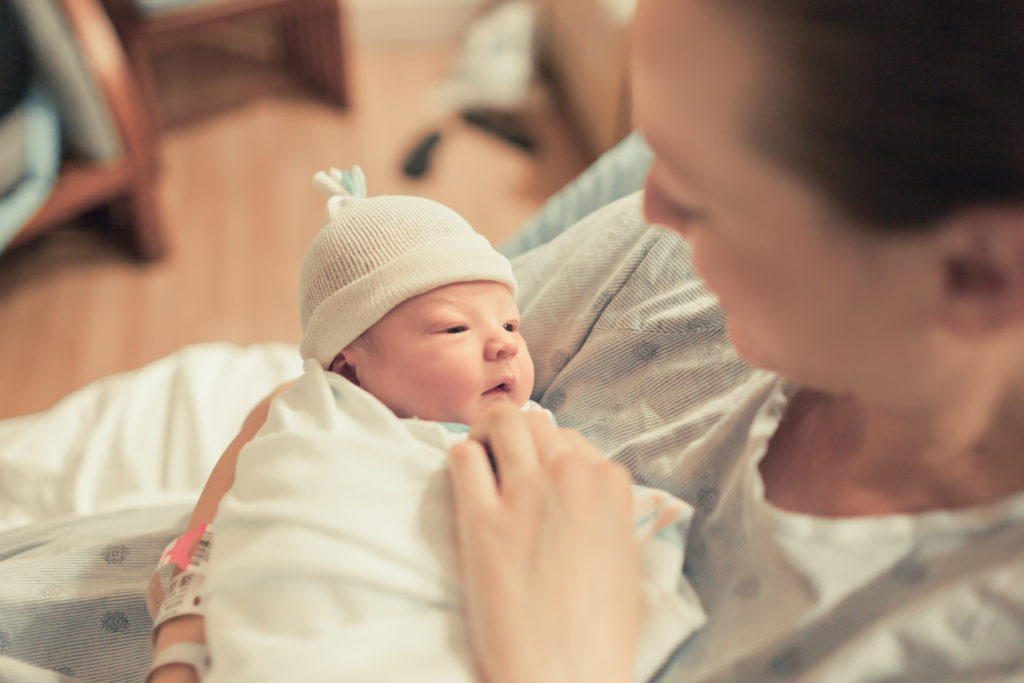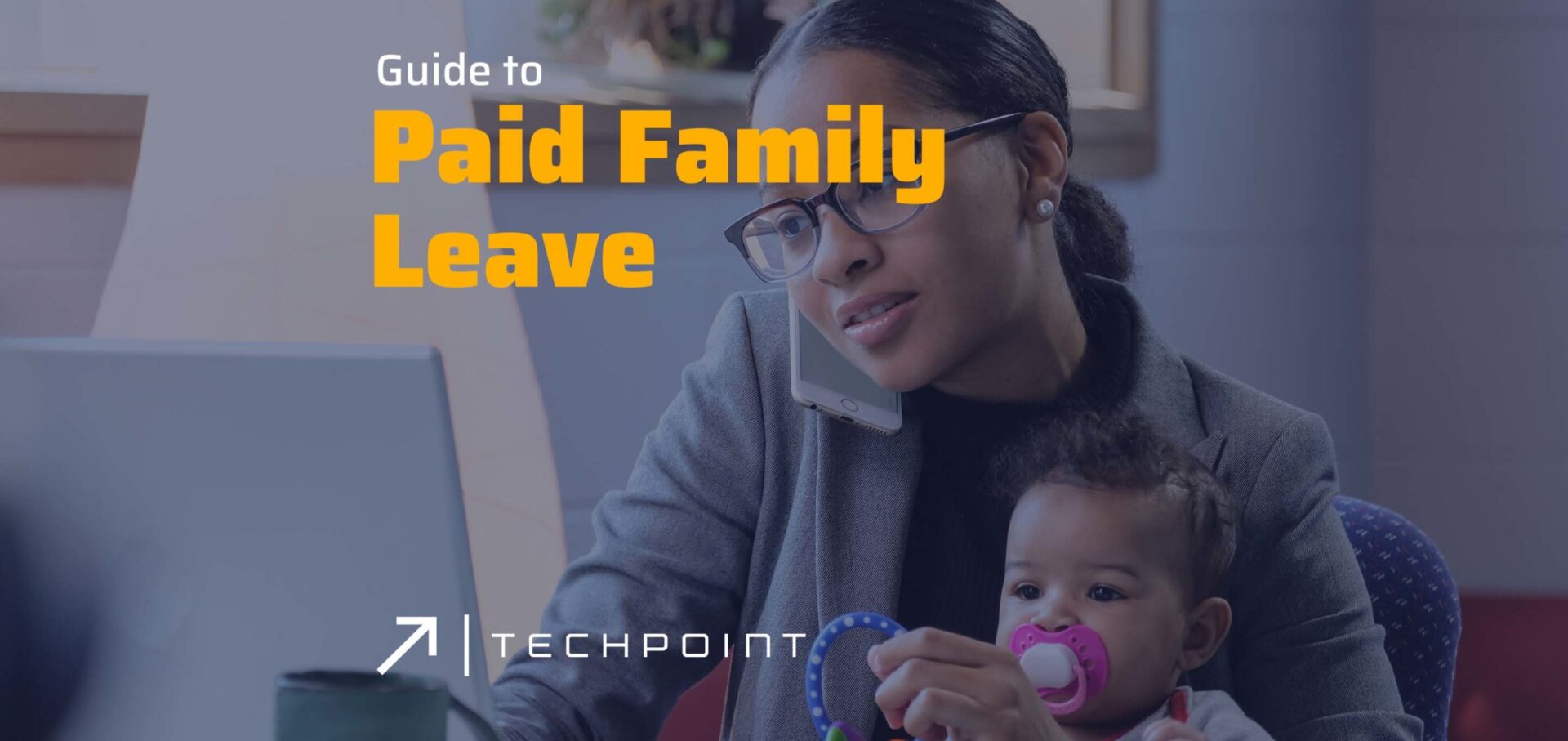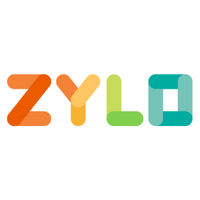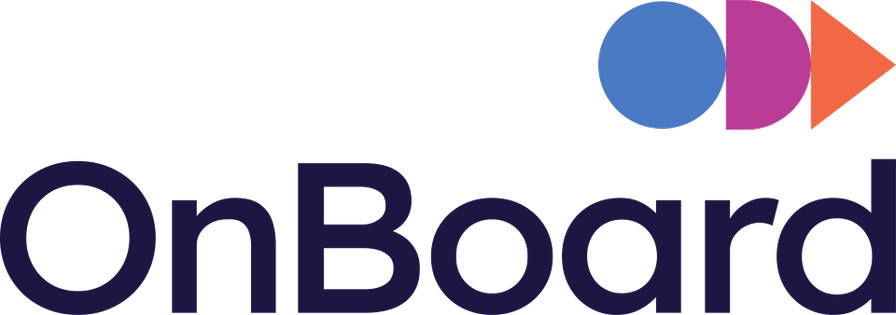Paid Family Leave: Maternity, Paternity, and Other Parental Benefits in Tech

With open enrollment season upon us, companies are reviewing their total rewards packages and possibly reevaluating what benefits they offer. One employee benefit that has been making recent headlines for its uncertain future is paid parental leave.
Championed by the tech sector as a key employee benefit, 2022 has seen many companies significantly reduce the duration of their paid parental leave or drop them entirely due to rising costs associated with inflation. Hulu is getting the bulk of the attention for reducing their previous 20 weeks of fully paid leave to just 8 weeks.
In the 2022 Employee Benefits Survey, the Society for Human Resource Management (SHRM) noted that the percentage of the 3,000 employers surveyed that offered fully paid leave for primary caregivers (maternity leave) beyond what was required by state law dropped from 53 percent in 2020 to 35 percent in 2022. Similarly, leave for secondary caregivers (paternity leave) dropped from 44 percent to 27 percent.
Despite this shift away from paid parental leave, the tech sector remains the leader in offering paid parental leave, as 30% of tech workers have paid family leave benefits — nearly triple of other private industries.
Paid family leave remains an important tool for retention and recruitment for employers. First-time primary caregivers without paid leave are 13 times more likely to quit their jobs post-birth than those provided with paid leave. And 74% of workers born between 1993 and 1998 cited paid and unpaid leave benefits as what would most improve their wellbeing — with 1 in 4 stating they considered leaving an employer for improved benefits in the last year.
When I joined, I was still a ways off from wanting to welcome a child into my life, so I can’t say that family leave was a big factor in my decision to come here. But I can 100% say it has played a role in retaining me as an employee. So few organizations offer 12 weeks of leave and even fewer offer fully paid leave. When the time comes to search for the next step in my career, family leave will play a big role in my decision. I plan to have at least one or more children, so it’s likely I will be taking advantage of family leave in the future. But beyond my own personal need, I want to work for an organization that sees the value of working parents–fathers and mothers alike–and respects their need to care for, protect, love, and bond with their new child. Parents need support, and I am an advocate for providing parents the time, support, and financial access they need in order to thrive.
Lindsay McGuire, Content Marketing Manager, Formstack

What is Paid Maternity, Paternity, and Family Leave?
Paid Family Leave (PFL) or Paid Parental Leave (PPL) is defined as the time taken off work by new parents while typically still receiving their full wages during that time. The duration of parental leave may differ based on if the employee is the primary caregiver (maternity leave), secondary caregiver (paternity leave), or if the employee is adopting or fostering a child.
Paid Family Leave should not be confused with Family Medical Leave (FML) or the associated law governing it, Family and Medical Leave Act (FMLA). FML is unpaid leave that only guarantees the employee keep their job and health benefits for the duration of the leave.
Paid parental leave was a deciding factor to me when joining Zylo. It’s an indicator of how well the company supports the team that it employs. Ultimately, it’s important for me to work for a company that treats its employees like people and this is one way that a company can show that they care.
Ellen Nielsen, Senior Director of Talent, Zylo
What is Primary Caregiver Leave (Maternity Leave)? How long is it?
Leave for primary caregivers, commonly known as maternity leave, is Paid Family Leave that is available to the mother or birth-parent/gestational parent. While some organizations offer gender-neutral family leave policies, many will implement different policies for primary and secondary caregivers. Where the polices differ, primary caregivers will likely receive a longer period of family leave than secondary caregivers — typically between 8 to 12 weeks, though some companies offer as much as 20 weeks. The average leave for primary caregivers in the United States is 10 weeks.
I recently made use of Qualifi’s parental policy this year. The time to focus on healing and bonding with my daughter was critical to my health and my family’s success while adjusting to a major life change. As an employee, the time to focus solely on my family gave me a greater appreciation for working at Qualifi.
Leila Spann, Senior Marketing Manager, Qualifi
What is Secondary Caregiver Leave (Paternity Leave)? How long is it?
Leave for secondary caregivers, commonly known as paternity leave, is Paid Family Leave that is available for the father or non-birth/non-gestational parent. Increasingly companies are offering gender-neutral family leave, allowing secondary caregivers to take as much leave as primary caregivers. However, in instances where the policies differ, secondary caregivers are typically offered significantly less time. The average leave for secondary caregivers in the United States is approximately a single week.
I got 12 weeks off (fully paid) to make sure my son, wife, dog, and family unit were healthy and set up for success. A lot of my friends work at places with zero paternity leave and are capped at 2 weeks of PTO time, so if they are lucky they can squeeze out 2 weeks. I cannot describe how grateful I am that Formstack allowed me to take as much time as I did. Beyond just taking that time off though, I was not bothered by ANYONE (other than people asking for cute baby pics) the entire time I was off. I quite literally got 12 weeks of total radio silence so I could explicitly focus on my family.
Austin Pensinger, Engineering Manager, Formstack
What about Paid Adoption Leave? Paid Foster Child Leave?
Significantly fewer companies offer paid leave for parents adopting or fostering a child. SHRM’s 2022 Employee Benefit Survey noted that the number of organizations offering paid adoption leave dropped 36 percent in 2020 to 28 percent. And paid foster child leave dropped from 28 percent to 22 percent.
While numbers for paid adoption or foster leave are comparatively lower, some larger companies may provide additional support in the form of adoption assistance. Domestic private adoptions can cost between $20,000-40,000, making it prohibitively expensive for employees that aren’t able to qualify for financial assistance and can’t rely on medical benefits to partially cover the cost.
The decision to give 12 weeks was a combination of market data and employee feedback. Being 80% female, we were also looking for a competitive advantage. Our policy extends to adoption, surrogacy and permanent foster home placement. And this is available for (1) the parent giving birth to the child; (2) the spouse or partner of the parent giving birth to the child; (3) the adoptive parent, or spouse or partner of the adoptive parent, of a child.
Mendy Werne, CEO, BLASTmedia
What states require Paid Family Leave?
While federally mandated paid family leave does not exist, eleven states and the District of Columbia have laws that require most employers to pay some portion of a parent’s wages during Family Medical Leave (FML). As of 2022, California, Colorado, Connecticut, Delaware, Massachusetts, Maryland, New Jersey, New York, Oregon, Rhode Island, Washington, and the District of Columbia offer paid family and medical leave. For the other 39 states, the only parental accommodations provided by law are through the Family and Medical Leave Act (FMLA).

What is the Family and Medical Leave Act (FMLA) and Family Medical Leave (FML)?
The Family and Medical Leave Act (FMLA) provides eligible employees up to 12 weeks of job-protected leave per year. Family Medical Leave (FML) is not paid parental leave, as its sole function is to protect the employee’s job and health benefits for the duration of the leave.
We have more than 300 employees. Primary Caregivers are eligible for three (3) weeks of paid leave after 90 days of employment and receive an additional one (1) week of paid leave for every month of employment up to a maximum of 12 weeks of paid leave. Secondary Caregivers will be eligible for 2 weeks of leave after 90 days of employment. The way our policy is phrased allows for primary caregivers, whether that be the father or mother, to take the full amount of time as stated above. The primary caregiver covers the birth, placement, or adoption of a child.
Lindsay McGuire, Content Marketing Manager, Formstack
What are Qualifying Events for Family Medical Leave (FML)?
FML is not exclusive to childbirth, as it can be used in other situations as well. Qualifying events for FML also include:
- Placement of a child for adoption or foster care.
- The employee has a serious health condition that prevents them from performing the functions of their job.
- Care of a spouse, child or parent with a serious health condition.
Who is eligible for Family Medical Leave (FML)?
For an employee to be eligible for FML, they must meet the following criteria:
- Been in employed with their organization for 12 months.
- Prior to filing for FML, the employee must work a minimum of 1,250 hours — this does not include compensated hours such holiday or paid-time-off (PTO) benefits.
- The employee must not have already received 12 weeks of FML in the prior calendar year.
It’s important to note that companies and other private sector employers also have to meet eligibility requirements themselves. A private-sector employer is only covered by FMLA if it employs 50 or more employees in 20 or more workweeks in the current or prior calendar year, so many early-stage startups and small businesses may not meet the employee threshold needed for FML.

Is Short-Term Disability Insurance (STD) the same as Paid Family Leave?
Yes and no. Short-term disability (STD) insurance is a common way for employers to provide some wage relief for new parents. STD may be offered as part of an employer’s total rewards package at little to no cost to employees. While in some instances STD may fully cover a new parent’s gross income, on average it only covers 50-60% wages for the time they are out. Because the intent of STD is to primarily cover employee illness and injury, the application of STD as parental leave is more limited.
Qualifi offers 100% paid leave of up to 8 weeks for caregivers (both primary and secondary) of all genders for birth, adoption, surrogacy, or placement of a child for foster care or guardianship. Additional unpaid leave of up to 4 weeks is available in addition to the 8 weeks of fully paid leave.
Leila Spann, Senior Marketing Manager, Qualifi
Who qualifies for Short-Term Disability (STD) insurance?
Because short-term disability (STD) is an employer-purchased insurance policy, coverage will vary from company to company. However, because STD is intended to cover medical absences from work, it only covers the mother or birth-parent/gestational-parent in the event of birth. Fathers or non-birth/non-gestational parents are not covered by STD, partially explaining the gap in leave benefits between primary and secondary caregivers. Similarly, STD does not cover parental leave in the event of adoption or foster care.
How long does Short-Term Disability (STD) coverage last?
Because short-term disability (STD) is primarily intended to cover medical absences, the duration of STD for birth is often tied to the estimated recovery time. On average, primary caregivers are given 6 weeks of STD for birth, up to 8 weeks in the event of a cesarean section (C-section). Companies that offer leave for primary caregiver may supplement STD coverage with employer-paid weeks to increase the duration of the leave.
For me this can vary based on the company. For a large company with deep pockets, I would expect a more generous policy than I would from a small start-up. It’s about doing what you can to show that you care about your employees.
Ellen Nielsen, Senior Director of Talent, Zylo
How do employers pay for Paid Family Leave?
Outside of offering short-term disability (STD) for primary caregivers or using a state-funded parental insurance program in the 11 states that require family leave, many paid family leave programs are self-funded by the employer. For many organizations, comprehensive paid family leave (covering secondary caregivers, adoptions, and fostering a child) is functionally an expanded paid-time-off program. This can be prohibitively expensive for smaller employers who may not have the resources to fund a paid parental leave program.
I believe our employees have been very grateful for this amount of paid leave to bond with their newborns. My children are older, but we have had two executive team members use this paid leave, as well as a couple of senior leaders. At BLASTmedia, we believe family ALWAYS comes first, so this was an easy policy to implement. The first few weeks with a newborn can be overwhelming, and if we can help remove the financial stress from this situation, why wouldn’t we?
Mendy Werne, CEO, BLASTmedia
Do small businesses and startups offer Paid Family Leave?
Approximately 13 percent of small businesses, defined as companies with 50 or fewer employees, offer paid family leave.
In 2021, the United States Small Business Association estimated that small businesses, defined as 500 or fewer employees, make up 99.9 percent of US businesses with 3.25 million small businesses registered. Of that overwhelming majority, 98 percent have fewer than 100 employees and 89 percent have fewer than 20 employees. These small businesses employ an estimated 61.2 million US citizens.
With only 13 percent of the largest group of businesses offering paid family leave, it may feel like small business are the biggest contributor for dropping the total paid leave averages down to 35 percent. However, it’s important to consider that smaller organizations with more limited resources but more direct contact with their employees, may perpetually reevaluate their total rewards package to meet the evolving needs of their staff.
Despite lower numbers for small businesses, your chances of receiving paid family benefits improve in the tech sector. Tech sector remains the leader compared to other industries, providing 30% tech workers with family leave benefits. Qualifi (17 employees) and BLASTmedia (60+ employees) are local examples of smaller businesses that offer paid leave.
Our parental policy is less than a year old. When I started working for Qualifi, there was no established policy but I was confident in our leadership that this would quickly change. In the future, knowing how important the time was for bonding with our daughter, the parental leave policy will greatly influence my decision to work for a new employer.
Leila Spann, Senior Marketing Manager, Qualifi

What about Paid Parental Leave Insurance?
One low-cost solution for offering parental leave that is gaining popularity with employers is paid parental leave insurance. Not unlike similar insurance products like short-term disability (STD) or long-term disability (LTD), paid parental leave is a wage replacement insurance offering that employers can build within their total rewards package. However, unlike STD, paid parental leave insurance is gender-neutral and not dictated by medical needs. One provider in this space, Parento, indicates that it typically costs 20-30% less for a company to offer paid parental leave insurance than to self-fund their leave policy.
Having a full three months of paid maternity leave gave me so much peace of mind as I was entering a very exciting and joyful but also chaotic and stressful period of my life. Knowing I had this benefit made the choice to have a child less stressful, and it provided me the necessary time away to focus on my family, the healing of my body, and adjusting to a very different schedule of life and events. In my perfect world, I’d want six months of leave. This would give my child more time to become healthy, strong, and developed before heading into daycare–children still seem so fragile and vulnerable at three months old and it’s incredibly difficult to feel that handing them into the care of someone else at this age is the right thing to do. Six months would also give me enough time to really heal and return to a somewhat functioning human state. At three months, I still was under enormous stress from a huge lack of sleep (my child did not sleep well until nearly 9 months old), an imbalance of hormones, and trying to keep up supply as a first-time nursing mother.
Lindsay McGuire, Content Marketing Manager, Formstack
What are other parental benefits I should consider? Miscarriage or stillbirth leave?
Bereavement leave for reproductive losses such as miscarriage and stillbirth, have gotten more attention after New Zealand made headlines in 2021 for passing a law requiring employers to provide 3 days. Domestically Illinois has passed a law providing 10 days, with Utah providing 3 days. Some companies have started to adjust their standing bereavement leave policies (on average 3 days) to be inclusive of reproductive loss. Locally, BLASTmedia offers allows employees to take 8 weeks of their paid parental leave in the event of stillbirth.
Note: Under the Family and Medical Leave Act, employers are required to offer 12 weeks of unpaid leave to eligible employees who have experienced serious health conditions related to pregnancy inclusive of miscarriage and stillbirth.
Additional benefits larger employers offer typically fall within making the new parents’ lives a little easier. This can range from an annual diaper subscription or food delivery and housekeeping stipends. Locally, OnBoard offers Milk Stork for birth-parents, providing traveling employees shipping services for breast milk.
We also provide, in the unfortunate event of a stillbirth, defined as a pregnancy loss at or after 20 weeks of pregnancy, employees may be eligible for up to eight (8) weeks of Paid Parental Leave, which must be taken immediately following the birth and is provided in lieu of Bereavement Leave.
Mendy Werne, CEO, BLASTmedia
Next Steps?
If you’re interested in working at any of the companies featured in this article, you can check TechPoint’s Job Board to search their open positions. If you are an employer who is currently in the process of reevaluating parental leave benefits or total reward packages, check out our 2022 Total Rewards | Indiana Tech Trends Report we created in partnership with NFP.








